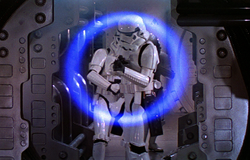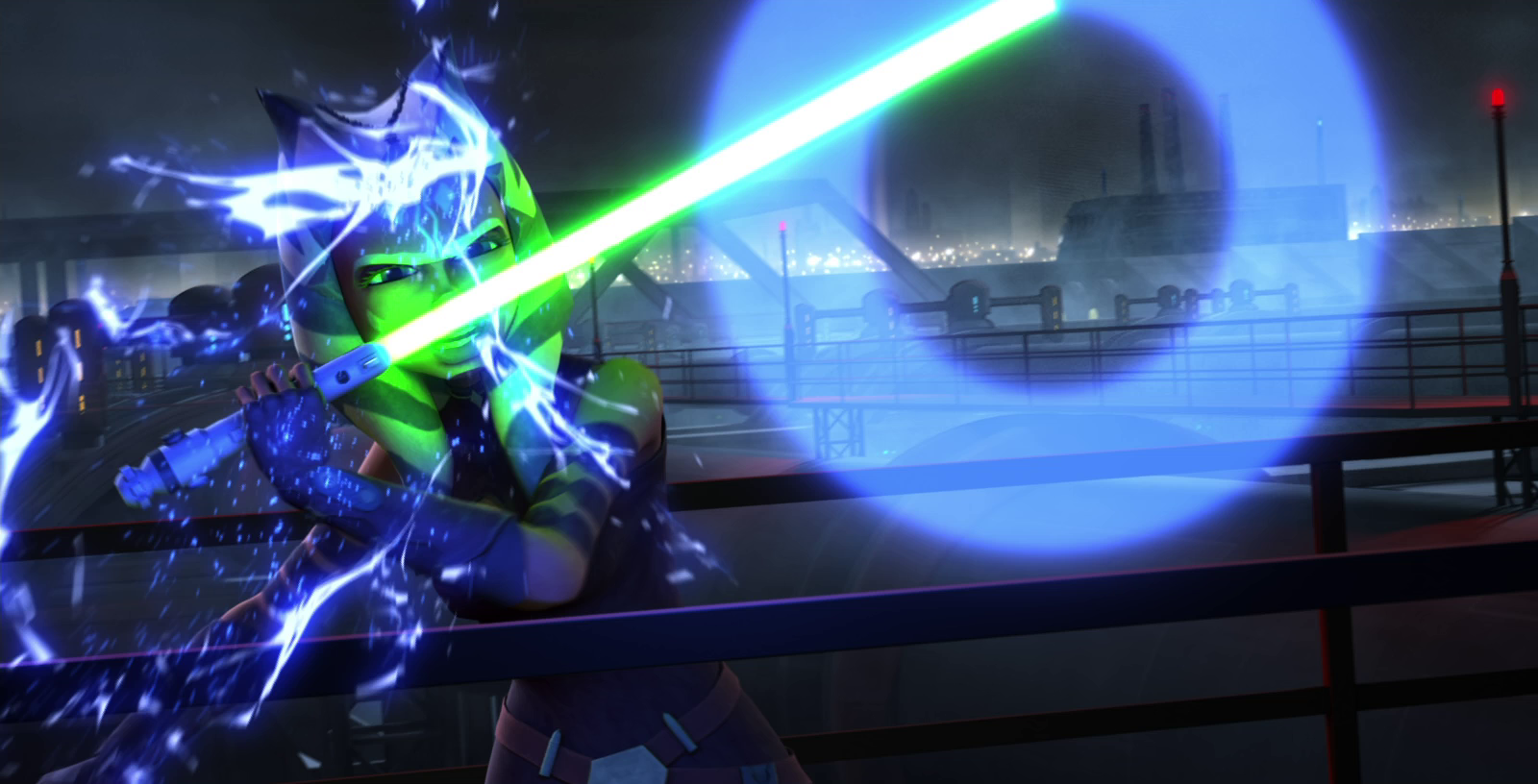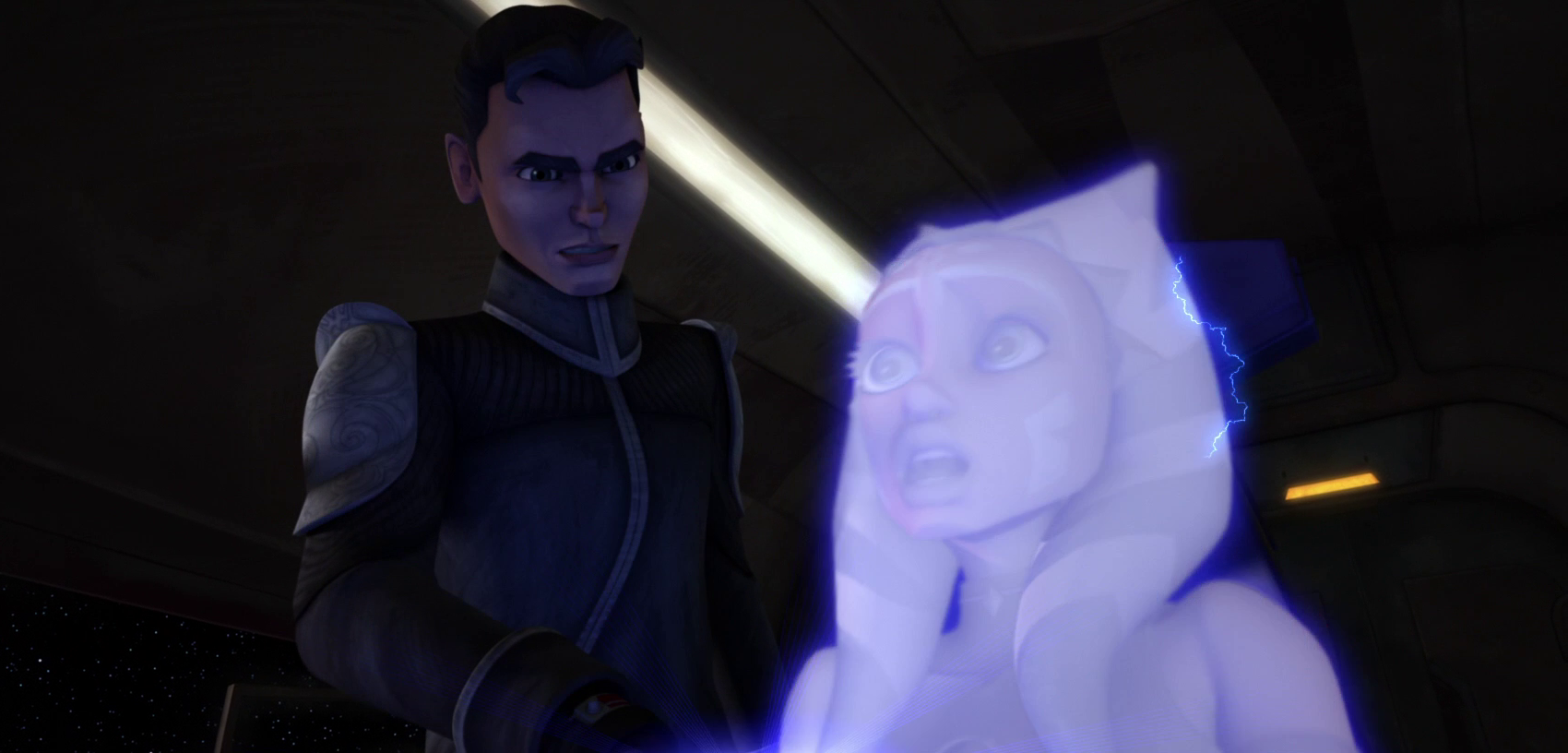 The blue-ring effect is visible here, as demonstrated by Imperial stormtrooper DV-692.
The blue-ring effect is visible here, as demonstrated by Imperial stormtrooper DV-692.
Stun represented a form of assault intended to neutralize an individual without causing lasting harm for a specific duration, achieved by overwhelming the target's nervous system. This induced overload commonly resulted in a loss of consciousness, although it could also trigger a near-catatonic condition. Its primary application was for the apprehension of individuals sought as captives.

Individuals sensitive to the Force could employ abilities such as Force Stun, Force Stasis, and Force Stasis Field to incapacitate adversaries. Given that these applications did not rely on technology, they are only comparable to the devices commonly used by the effect they generated, not the method by which it was accomplished. Consequently, the physiological impacts felt by someone stunned by the Force might not necessarily align with those felt by someone stunned by a blaster.
Certain Force-users, including Corran Horn and his ancestors, possessed the capability to utilize the Force to absorb the energy emitted from blasters set to stun, as well as that of stun batons and cuffs. This aptitude proved invaluable to the Jedi Knight during his endeavor to rescue his wife, who had been abducted by Admiral Tavira's Invids in 11 ABY. Other Jedi could train themselves to resist the effects of stun weaponry altogether. Those training as Jedi Sentinels typically practiced varying degrees of Force immunity, enabling them to endure the effects of Force-based mental influences, including stun.
Deflecting a stun blast with a lightsaber presented a challenge. Admiral Daala exploited this vulnerability against Callista Ming aboard the failing vessel Knight Hammer. Nevertheless, a skilled lightsaber user could disperse the stun beam, as illustrated by Ahsoka Tano employing her lightsabers to deflect roughly ten stun shots directed at her by clone troopers while evading capture, having been falsely accused of murder.

Contingent on the design of the stun device and the target's biology, a range of physiological consequences could manifest upon being stunned. Some individuals subjected to a stun blast would remain conscious afterward, acutely aware of their surroundings yet incapable of moving their limbs. Other variations would render a target entirely unconscious, facilitating easy transport or preventing awareness of movements within a given area. Healthy humanoids could recuperate from a stun blast in a timeframe ranging from as little as ten minutes to as long as several hours, influenced by the intensity of the stun blast.
While most stun blast victims experienced only temporary nausea, lightheadedness, and bodily discomfort, the stun setting was not without potential hazards. Elevating the stunning power to a sufficiently high level could prove lethal to the target, particularly a Wookiee. Stun shots could also trigger heart palpitations, and the stun tentacles of the JK-13 security droid could induce irregular heart rhythms. Stun weapons carried a greater than 50% likelihood of initiating a miscarriage in pregnant human women. The stun guns wielded by Tatooine's Jawas were known to induce temporary color blindness and slight dehydration upon recovery.